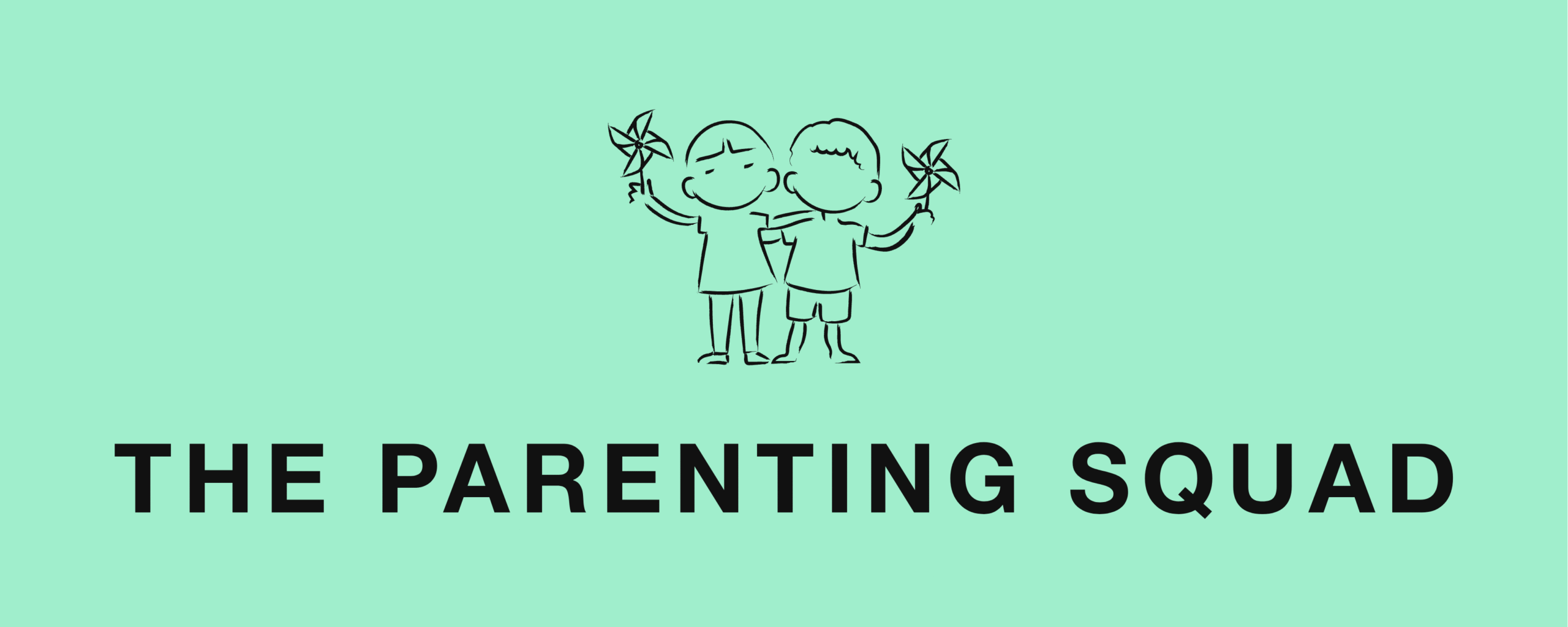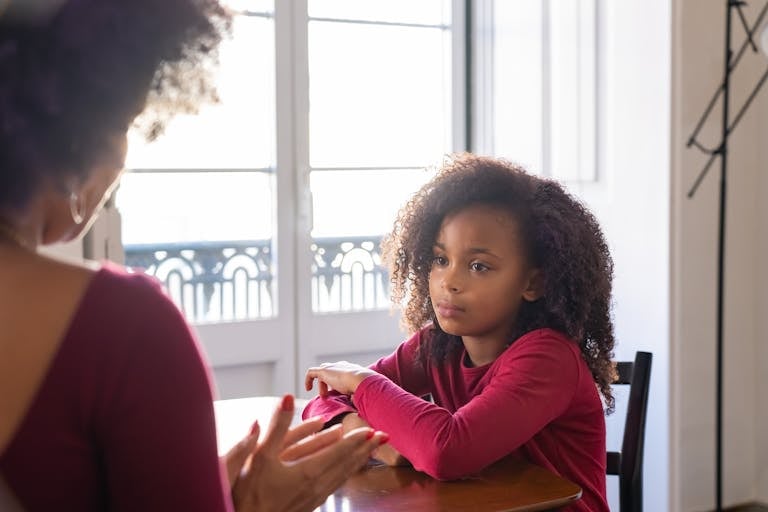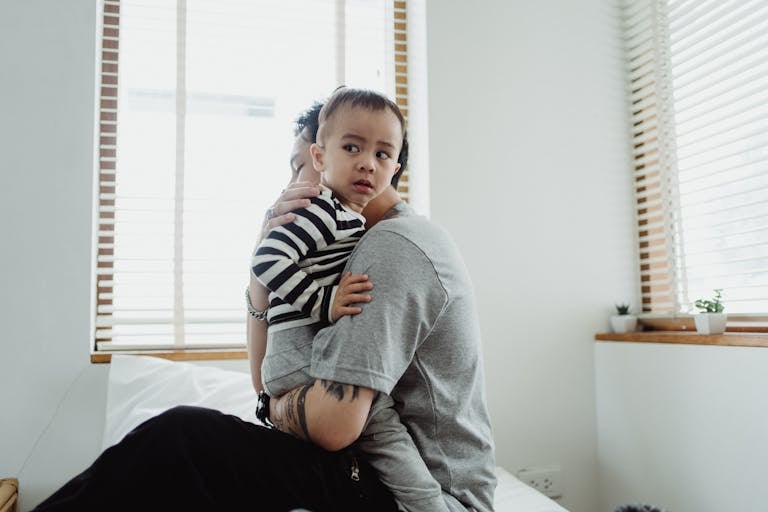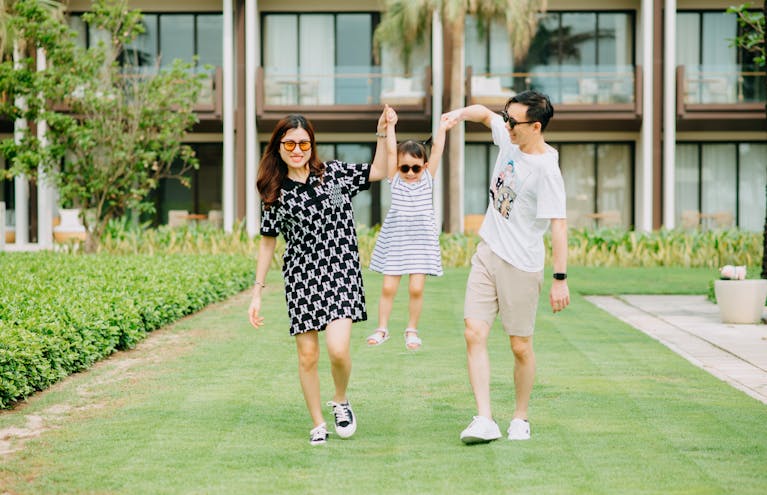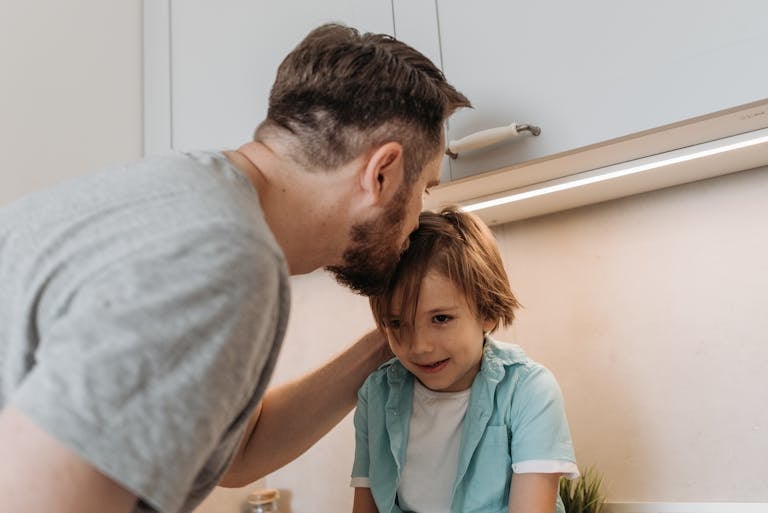From Meltdowns to Magic: A Guide to Positive Behavior Support
Parenting isn’t always Instagram-perfect. There are days when traditional discipline methods like timeouts and consequences feel less like parenting and more like playing a frantic game of Whac-A-Mole. You’re just putting out fires, one after another, without ever getting to the source of the blaze.
This is where Positive Behavior Support (PBS) comes in. It’s a game-changing approach that shifts the focus from what kids shouldn’t do to teaching them what they should do. It’s about building a toolkit that actually works, not just for today’s meltdown, but for life. This guide will walk you through the core principles of PBS, how it differs from traditional methods, and practical ways to start using it at home. And don’t worry—this isn’t about being a “perfect” parent. It’s about being a prepared one.
What Exactly Is Positive Behavior Support?
Positive Behavior Support is a proactive approach that focuses on teaching appropriate behaviors while figuring out the root causes of challenging ones. It’s less about reacting and more about understanding. Essentially, it turns you into a behavior detective. Assessment, such as a functional behavior assessment, is a foundational tool in PBS for understanding and describing behaviors, their antecedents, and consequences in detail.
Instead of just reacting to what is happening (the screaming in the cereal aisle), you start investigating why it’s happening.
Think of it like teaching someone to drive. You don’t just hand them the keys and say, “Try not to hit anything.” You teach them how to steer, brake, signal, and navigate safely. PBS is the same concept for behavior. It’s built on three key components:
- Prevention: Setting up the environment to make challenging behaviors less likely. This might include clear routines, removing triggers, or offering choices to reduce frustration.
- Teaching: Showing kids new, appropriate ways to get their needs met. This could involve role-playing or practicing skills like asking for help or expressing emotions.
- Reinforcement: Praising and rewarding the positive behaviors you want to see more of. Consistent encouragement helps kids understand which behaviors are beneficial and worth repeating.
Applied behavior analysis provides the scientific basis for many PBS strategies, ensuring interventions are effective and individualized.
The Core Principles That Make It Work
PBS isn’t just a collection of tricks; it’s a mindset grounded in a few powerful principles. Positive Behavior Support is implemented through well-developed systems and structured implementation processes that help develop a consistent, organization-wide approach. When you understand these, everything else starts to click into place.
Understanding the “Why”
Every behavior, no matter how frustrating, serves a purpose. Kids aren’t just trying to drive you crazy (even though it feels like it). They’re usually trying to get something or avoid something. The most common functions of behavior are:
- Attention: “Look at me!”
- Escape: “I don’t want to do this.”
- Access to a tangible: “I want that toy/snack.”
- Sensory needs: “This is too loud/bright/overwhelming.”
Gaining knowledge about the true reasons behind behaviors requires careful consideration of environmental factors and the use of direct observation to see how these factors influence behavior in real time.
Once you identify the “why,” you can teach a better way to achieve that goal.
Prevention Over Reaction
This is where the magic really happens. By setting up environments and routines for success, you can head off many challenging behaviors before they even start. In school-wide Positive Behavior Support (PBS) systems, primary prevention strategies are implemented to create a positive environment and prevent problem behavior before it occurs. A tired, hungry child is a meltdown waiting to happen. A predictable schedule, clear expectations, and a heads-up before transitions can make a world of difference.
Teaching Replacement Behaviors
It’s not enough to just say, “Stop yelling.” You have to show your child what to do instead. A replacement behavior is a positive action that serves the same function as the challenging one. For example, instead of grabbing a toy from their sibling, they can learn to ask, “Can I have a turn, please?” This teaches them a life skill and gives them a tool they can use forever.
Interventions such as a behavior intervention plan or a positive behavior support plan are designed to teach and reinforce these new skills. These interventions are individualized and assessment-based, ensuring that strategies are tailored to the child’s needs and setting.
Consistency and Patience
This is probably the hardest part. Building new habits takes time—for you and for your child. There will be good days and bad days. The key is to stay consistent with your approach and have a lot of patience (and deep breaths). You’re playing the long game here.
Traditional Discipline vs. Positive Behavior Support
So, how is this different from the timeouts and stern talks many of us grew up with? Let’s break it down.
Recent research has shown that positive behavior support (PBS) programs and models are more effective and successful than traditional discipline approaches, leading to better behavioral outcomes and improved quality of life.
Traditional Discipline (Reactive)
Traditional timeouts and stern talks often focus on punishing behavior without addressing the underlying cause or teaching better coping strategies. This approach can leave children feeling isolated or misunderstood.
Example: “You threw your toy, so you’re in timeout.”
Positive Behavior Support (Proactive)
In contrast, the newer method, positive behavior support, emphasizes connection, understanding, and guiding children toward better choices. PBS creates a respectful and encouraging classroom atmosphere, helping students and teachers develop a sense of belonging and mutual respect. By focusing on emotional regulation and empathy, it helps build trust and fosters long-term positive behaviors rather than just stopping the immediate issue.
Example: “I see you’re frustrated. Let’s practice asking for help when a toy is tricky.”
It’s crucial to understand that PBS is not permissive parenting. It doesn’t mean letting kids get away with everything. It’s about holding them accountable in a way that teaches them crucial life skills, like self-regulation and problem-solving, rather than just making them feel bad for a mistake.
Making It Work in Real Life
Theory is great, but how do you actually use this stuff when your toddler is trying to flush your car keys? Positive Behavior Support (PBS) helps create supportive environments at home by using proactive strategies and, when needed, provides additional support for more challenging behaviors.
At Home
You don’t have to overhaul your entire parenting style overnight. Start with small, manageable changes. Positive Behavior Support (PBS) strategies can also be used by adults and in communities to support positive behavior for all family members, not just children. These approaches help both children and adults develop skills and create supportive environments at home and within their communities.
- Consistent Routines: Predictable morning and bedtime routines can work wonders.
- Visual Schedules: For younger kids, a simple chart with pictures of the day’s activities can reduce anxiety.
- “First/Then” Language: This is a classic for a reason. “First, we put on our pajamas, then we read stories.” It makes the less-preferred activity feel more manageable.
- Positive Reinforcement: This doesn’t have to mean candy or toys. A high-five, a heartfelt “I’m so proud of you for sharing,” or extra playtime can be powerful motivators.
In Educational Settings
PBS is widely used in schools because it creates a better learning environment for everyone. In public schools, PBS is implemented school-wide to improve academic outcomes and classroom atmosphere for all students and teachers, supporting a positive education setting. Consistency between home and school is a huge plus. Talk to your child’s teacher about their classroom management system.
If they’re using PBS principles, you can reinforce them at home. For students who need more than primary prevention, secondary interventions and additional support are provided to address their specific needs. This teamwork approach shows your child that the expectations are the same everywhere, which helps them feel more secure.
Common Challenges (And How to Handle Them)
Switching to a new approach isn’t always smooth sailing. Here are a few common bumps in the road you might encounter along the way. But with the right mindset and tools, you can overcome them.
- “But what about consequences?” Consequences still exist in PBS, but they are logical and related to the behavior. If a child makes a mess, the consequence is helping to clean it up. The goal is to teach responsibility, not to punish.
- Resistance from others: Your partner, parents, or in-laws might not be on board. Share what you’re learning in a non-judgmental way. Focus on the positive changes you’re seeing in your child’s behavior.
- It’s not working! Some days, it will feel like nothing is working. That’s normal. Take a step back and play detective. Is the replacement behavior too hard? Is the “why” behind the behavior different from what you thought? Don’t be afraid to adjust your strategy. Evaluate the effectiveness of your approach by considering whether problem behaviors or challenging behavior are being maintained by certain factors, and identify what might be reinforcing them.
- Staying consistent: Consistency can be tough, especially on busy or stressful days. Remember that small, consistent efforts over time lead to lasting changes.
Your Positive Behavior Support Journey Starts Now
Implementing Positive Behavior Support is a marathon, not a sprint. It’s about building stronger relationships, fostering better communication, and raising confident, capable kids. The goal isn’t perfection; it’s progress.
Pick one small thing to focus on this week. Maybe it’s catching your child doing something right and offering specific, genuine praise. Or perhaps it’s creating a simple visual schedule for your morning routine.
